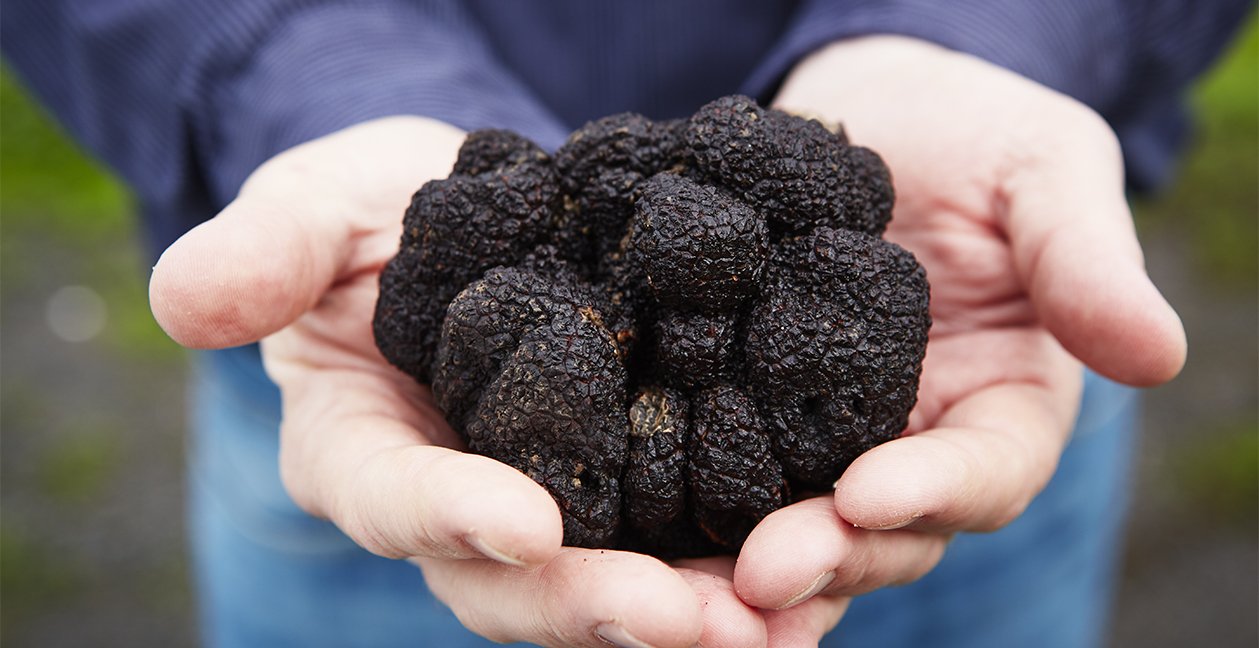“Show me, Tuber! Where is it?” In response to her handler’s pleas, a medium-sized, mushroom-colored dog bounds between small hazelnut trees, the vibration of her short, loose curls proof of her excitement as she sniffs the ground around one trunk and then quickly moves to the next. Tuber is a Lagotto Romagnolo, bred and trained to find truffles, and she’s on the hunt in a 10-acre truffle orchard in Sonoma County, California, owned by Kendall-Jackson winery.
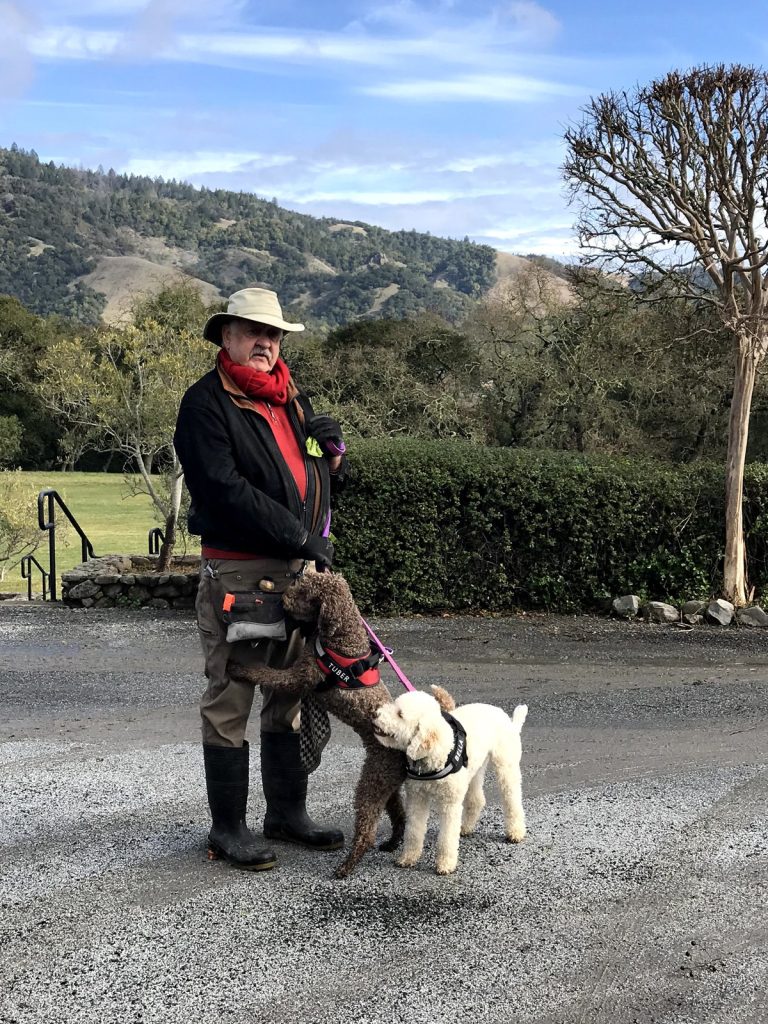
This season, which began in mid-December 2019 and will most likely be over by mid-March, is the third year that Kendall-Jackson has brought dogs like Tuber to its orchard—adjacent to 80 acres of pinot, merlot and other grapes—to search for the black truffles (tuber melanosporum) the late Jess Jackson, Kendall-Jackson’s founder, first planted in 2011.

While there are 10 other truffle orchards in this part of wine country, Kendall-Jackson’s is the only one owned by a winery, was the first to harvest truffles and is also the most productive. And not just in Sonoma, according to Tucker Taylor, Kendall-Jackson’s master culinary gardener who oversees its truffle program as well as its produce operations.
“It’s a kind of secretive industry, but with the info that’s publicly available, we believe our orchard is currently producing more black truffles in the U.S. than any other,” he says. Kendall-Jackson’s harvest of the famously fragrant and flavorful fungus for the 2018-2019 season was just over 35 pounds, with the size ranging from a small walnut to one 13-ounce specimen rivaling a softball. As of early February, the take for 2019-2020 had surpassed 25 pounds.
Historically cultivated in Europe (most notably the Périgord region of France), black truffles are what most mean when they say “French” truffles; other monikers include “black diamonds” and “black gold,” the latter descriptors pointing to the rarity and popularity that allow them to command $800 to $900 per pound. In the last few years, France’s black truffles harvest has hovered around 35 to 40 tons (down from past harvests due to continuing droughts), so Sonoma isn’t going to threaten that market anytime soon. But if things stay the course, Kendall-Jackson could eventually be a major player, certainly in the U.S.

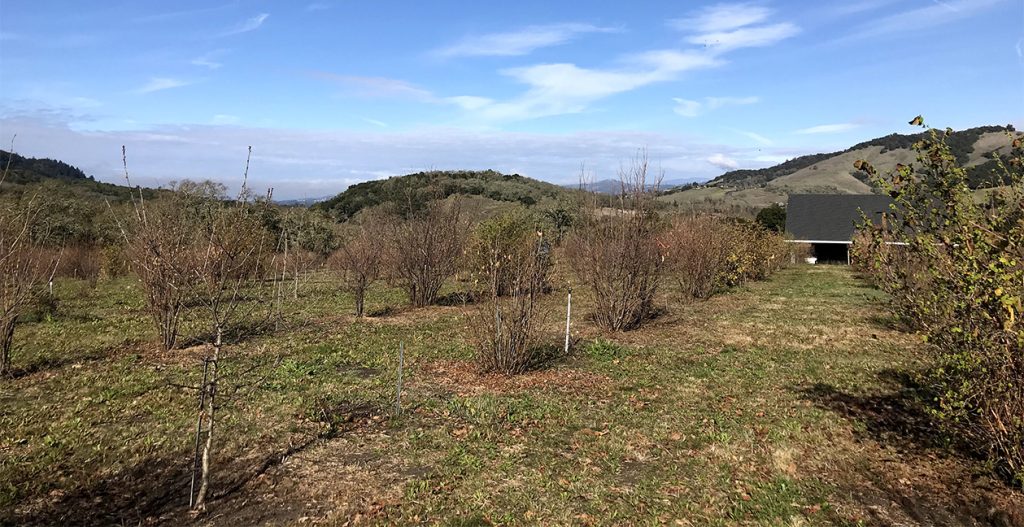
The impetus for KJ’s truffle orchard came from the land itself. Kendall-Jackson vines have long been fruitful, and thanks to Sonoma’s stellar growing conditions, much of its lush hills and valleys are devoted to agriculture. “Jess observed how our vineyards and area farms of all kinds do so well and felt truffles would too,” says Taylor. “At Kendall-Jackson, we are farmers first, so that mentality of being dedicated to the land carries over to this.”
The winery’s expansion into truffles is a natural fit; its vineyard characteristics that result in healthy vines seem to do the same for truffles. And the old saying, “What grows together goes together,” holds true. According to Kendall-Jackson winemaster Randy Ullom, wine and truffle pairings are “a happy marriage.”
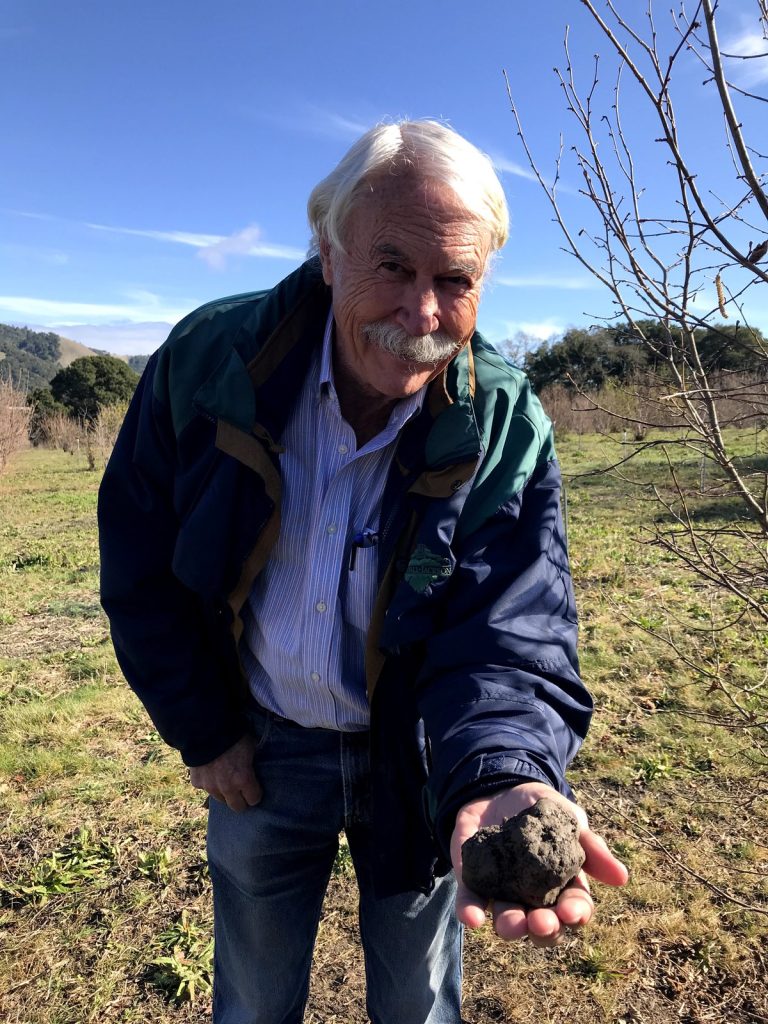
Kendall-Jackson truffles often end up in dishes created by its chefs Justin Wangler and Tracey Shepos Cenami for various wine events and dinners, where selections like creamy red wine risotto accented with the intoxicating earthy aroma of shaved black truffles play perfectly with Jackson Estate Hawkeye Mountain Cabernet Sauvignon. They’re also highly sought after by Bay area restaurants (including a few boasting Michelin stars), who already turn to Taylor as a trusted source for a variety of produce. “Area chefs love getting the black truffles from us instead of importing them from overseas,” Taylor says. “It’s in keeping with the farm-to-table philosophy here.”
Kendall-Jackson isn’t growing truffles simply to add a “wow” factor to its events, and it’s more than a side hustle. Taylor sees truffles as a sustainable, profitable crop. While he wouldn’t divulge the startup costs for the Kendall-Jackson orchard, he said they were in line with industry standards, which can be up to $20,000 an acre, not including the price of property. But, according to some figures, successful mature truffle orchards can generate up to 70 pounds of truffles per acre each season.
While it’s a relatively new operation, Kendall-Jackson’s foray into truffles has, thus far, been a success, and Taylor sees a new industry sprouting in the area, one that could heavily contribute to what is estimated to soon be a $6 billion global market. Yet entering the truffle market is fraught with risk. It begins with an investment of time. The roots of saplings (usually oaks and hazelnuts) are cleaned and then dipped in truffle spores in a process called inoculation. These trees are then put in the ground. When it works, truffles grow alongside the trees (in the dirt around their roots) in a symbiotic relationship, the truffles giving the trees extra nutrient absorption, and the trees providing needed sugar to the truffles. It can take anywhere from seven to 10 years for truffles to be ready for harvest.
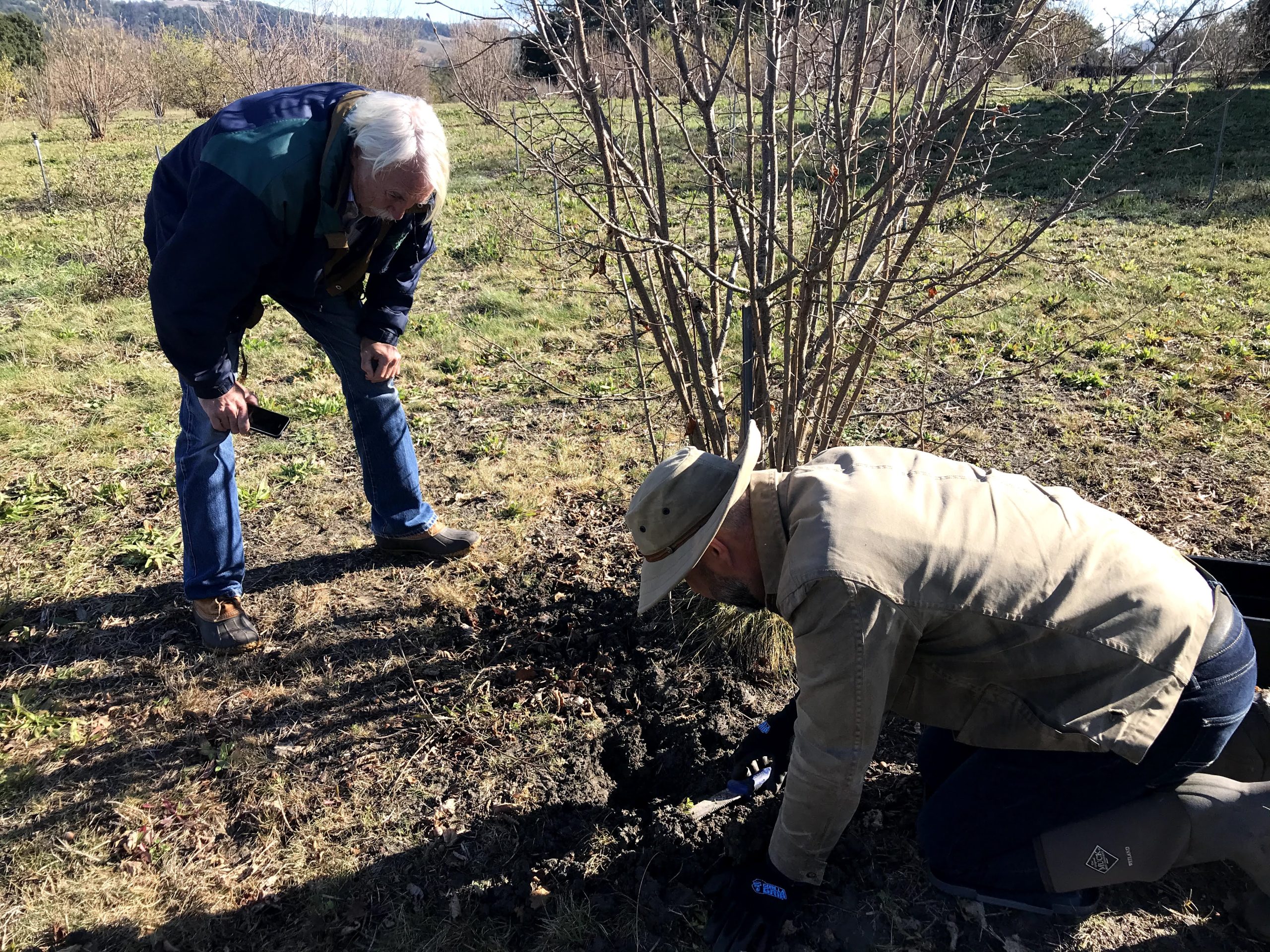
And to be harvested, they must be found. While it once used pigs, the industry today mostly relies on trained dogs like Tuber, who hone-in on the truffles’ scent and “mark” the spot for their handler (each in an individual way; Tuber furiously paws at the dirt). The handler then digs with a small spade to carefully unearth the truffle, usually resting between one and six inches below the surface.
Sometimes the handler just can’t find what the dog sensed. Sometimes, the dogs are wrong, and there’s nothing there. (When they’re right, they get a treat, and Tuber works especially hard for bites of Canadian bacon.) It’s labor-intensive and time consuming. It currently takes two to three days to cover Kendall-Jackson’s orchard, and a once-over isn’t enough. Multiple passes on different days over the course of weeks are required to ensure the most truffles are found.
There are no guarantees in truffle growing, and the yields can be even less consistent than those of more traditional crops because the methods to create a thriving orchard are not yet completely understood. “We’re still figuring out the best practices for management. We have to prune the trees to let some sunlight in. We weed,” Taylor says. “But we like to let nature do her thing too; it’s a balance we’re fine-tuning.”
The learning process is ongoing, but the success of the first three harvests has Kendall-Jackson ready to make further investment and get its own dogs. “Tuber and the other dogs are contract workers for us,” Taylor says. “They’re wonderful, but it’s time to have our own.”
Taylor and his team are uncovering additional value in the venture, too. “We’re looking at offering experiences for guests to come in and participate in the hunt before enjoying a wine and truffle dinner using that harvest,” Taylor says. “This has such potential, and we’re excited about innovating and cultivating new opportunities that truly are unique.”

